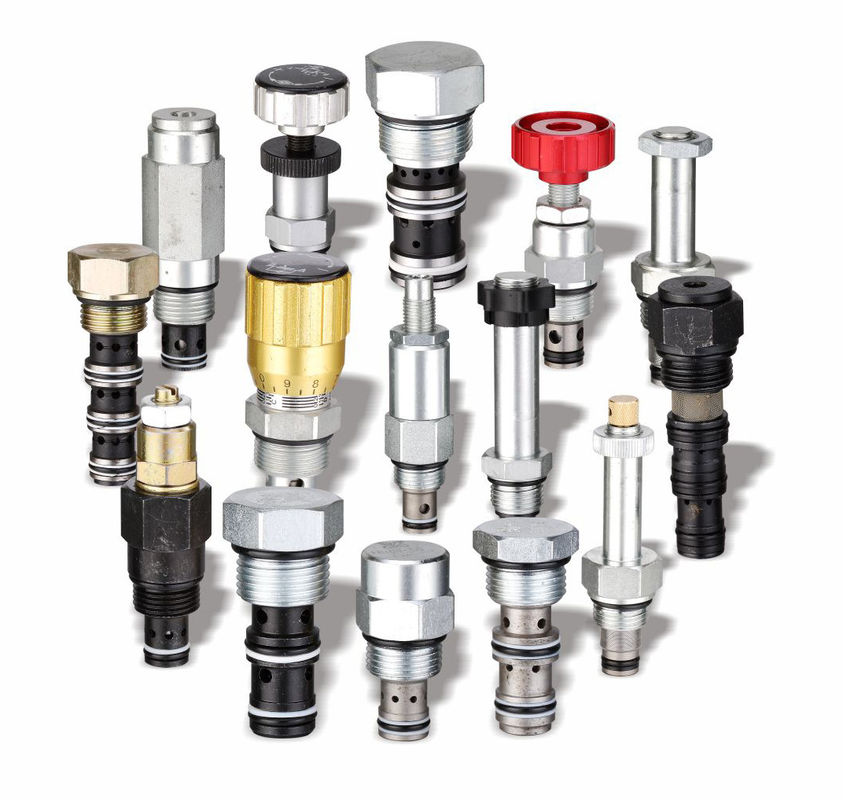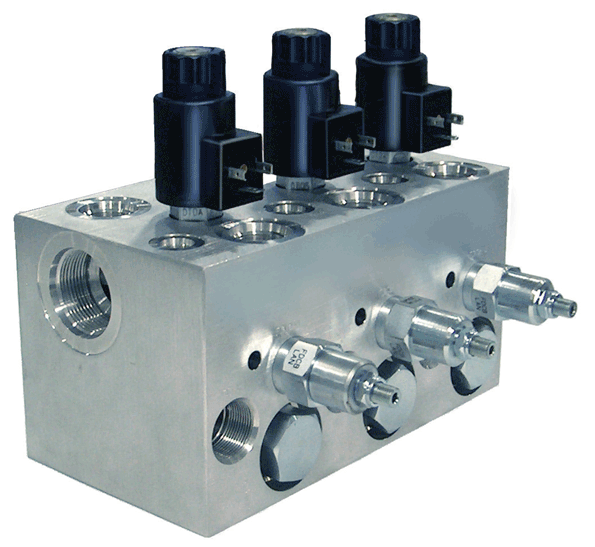A hydraulic cartridge valve is a general name for another type of hydraulic control valve. Threaded cartridge valves are widely used in the field of fluid control functions, including solenoid directional valves, check valves, relief valves, pressure reducing valves, flow control valves, and sequence valves. The versatility in fluid power circuit design and practicality, fully demonstrates the importance of cartridge valves to system designers and users. The characteristic of cartridge valves is their universality in the assembly process, valve hole specifications, and interchangeability, which allows for perfect design configuration and extensive application of cartridge valves in various hydraulic machinery.

Hydraulic cartridge valves have small internal resistance, suitable for high flow rate work. The valve port mostly adopts a cone seal, so the leakage is small, and it is also suitable for low viscosity working media such as emulsions. The structure is simple, reliable operation, and a high degree of standardization. For large flow rates, high pressure, and more complex hydraulic systems can significantly reduce size and weight.

A hydraulic cartridge valve is a valve used to control fluid flow in a hydraulic system. It can be inserted into the hydraulic pipeline and used to control flow, pressure, direction, and other factors. The functions of hydraulic cartridge valves include:

1. Control flow: hydraulic cartridge valve can control fluid flow by adjusting the valve opening.
2. Control pressure: hydraulic cartridge valves can control the pressure in the hydraulic system by adjusting the valve opening.
3. Control direction: hydraulic cartridge valves can control the direction of fluid flow in the hydraulic system by changing the valve position.
4. Protect the hydraulic system: hydraulic cartridge valves can protect the hydraulic system, such as overload protection, overcurrent protection, etc. In summary, hydraulic cartridge valves are essential control components in the hydraulic system. They can ensure the normal operation of the hydraulic system and improve the efficiency and safety of the hydraulic system.


